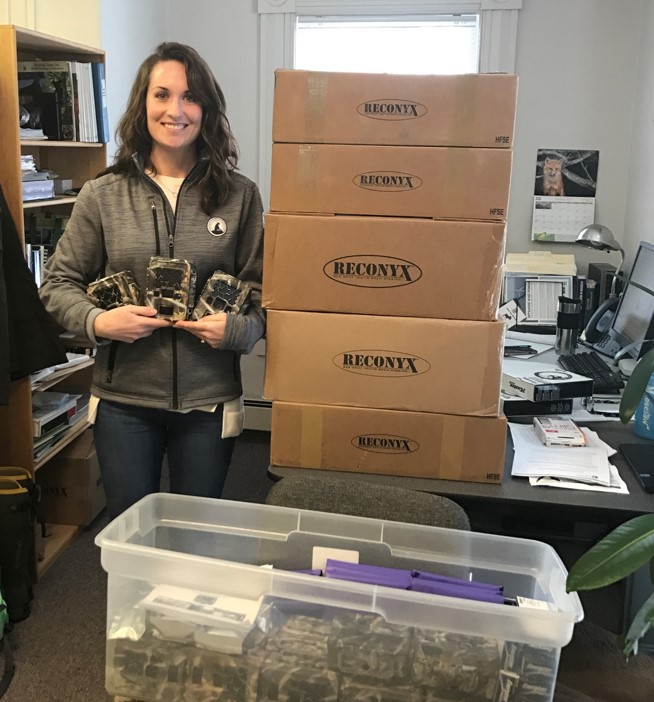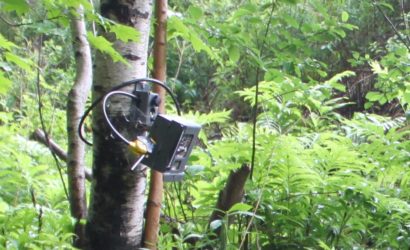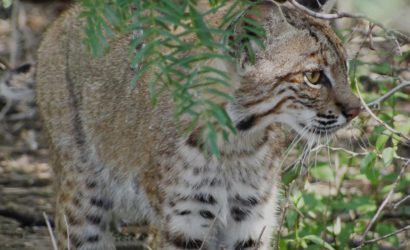We have much more to do and your continued support is needed now more than ever.
NWF Launches New Wildlife Camera Project

This spring, the National Wildlife Federation’s Northeast Regional Center is launching a new project to engage communities around the importance of conserving riparian corridors for people and wildlife. Using wildlife cameras, field trips, and other outreach efforts, we will highlight how this habitat simultaneously enables wildlife to thrive in a changing climate while also providing valuable flood protection to human communities.

This project marks the next phase of an existing wildlife camera monitoring effort currently aimed at characterizing how wildlife use transportation infrastructure (bridges & culverts) to safely cross under roadways. Through the Staying Connected Initiative (SCI), NWF and our partners have had tremendous success using the data collected from these photos to meaningfully engage municipalities and private landowners on the benefits of sustaining habitat connectivity for wildlife and people. Now, in an effort to build upon this success, we will utilize this same approach to showcase the many benefits that riparian habitats provide for wildlife.
WHAT IS A RIPARIAN CORRIDOR? Found along the banks of natural water bodies, such as streams, rivers, and lakes, riparian areas serve as the interface between terrestrial and aquatic ecosystems. The unique soil and vegetation characteristics of riparian areas offer a variety of functions important to people and the environment, such as enhancing water quality and providing storage for flood waters. When a network of riparian areas are connected, providing suitable cover for wildlife movement and plant migration, it is referred to as a riparian corridor.
A Safe Haven for Wildlife

Riparian habitats are some of the most biologically diverse ecosystems on the planet, providing food, shelter, and water for a wide range of species. These habitats offer critical rest and foraging stopovers for migrating birds and waterfowl, provide dire refuge from warming and drought for many species, like the Blue-spotted salamander, and can also serve as corridors for plant migration and wildlife movement. These unique characteristics alone make the protection, conservation, and enhancement of riparian habitats essential to safeguarding species’ ability to thrive in a rapidly changing climate.
Lights, Camera, Action!

Over the next month, NWF will strategically deploy 26 wildlife cameras at various sites along Vermont’s Otter Creek to document how wildlife access and utilize riparian corridors and to highlight how land use practices and habitat characteristics influence riparian corridor function and wildlife movement. As an exciting addition, wildlife cameras will also be used to monitor the effectiveness of restoring riparian habitats in previously degraded sites.
The photos and data collected throughout this project will be used as an outreach tool for engaging Vermont communities in an appreciation of the environmental value of riparian corridors. By showcasing the value of these critically important habitats, this work will help promote local and regional land use practices that protect riparian connectivity and safeguard wildlife from the impacts of climate change.
The National Wildlife Federation is enormously grateful to the Jane’s Trust Foundation for their support of this project.
Give Now Help the National Wildlife Federation continue our efforts to enhance habitat connectivity for wildlife in the Northeast!





















